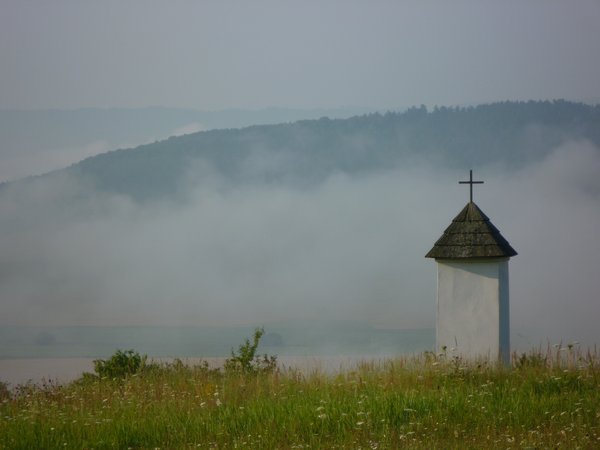
The limits of development: State structural policy, comparing systems adopted in two European mountain regions (1945–1989)
Project management: Martin Zückert
German funding for the project is provided by the DFG.
Duration: 2020–2024
The goal of the project is to draw up a monograph on the history of state structural policy in mountainous regions under a variety of regimes between 1945 and 1989. It is hoped to gain new insights to inform the debate on the present and future of rural regions by comparing two sample historical cases against one another, with each sample region representing a different European pathway to development, and with each of the regions containing a substantial chunk of mountainous territory. The two regions chosen for the study are Austria, as a markedly western country, and Czechoslovakia with state socialist order. The research starts from the assumption that the political approaches of these two states from 1945 on initially provoked mutually divergent developments in the affected regions, but that, as a result of the structurally similar situations in which their respective mountain regions found themselves, a number of convergences emerged in the policies followed by Austria and Czechoslovakia from the 1960s on.
Undertaking a comparative analysis, the author researches the two countries’ differing strategies in regional planning on the basis of their policies on spatial planning, agriculture and nature conservation. At the center of this effort is the question as to how they approached the problem of correcting regional disparities. The basic assumption of that study is that modern development policy faces particularly difficult challenges in mountainous regions thanks to their geomorphological character: While states possess means with which to intervene in such regions, the cost of doing so is relatively high. The limits of development are thus determined both through evaluations of the region’s natural conditions and through societal judgments on the worth of mountain regions.
Mountain regions have been subject of divergent interpretations. Evaluation of them as being either of national and economic importance or as worthy of environmental protection contrasted with notions linking them to structural problems (including such concepts as "backwardness", economic disadvantage and emigration). As these various interpretations led on to a variety of policies, a question of central importance is the extent to which structural policy was simply responding to or itself provided a driving force for change in the landscape, population distribution and social environment, triggered by agriculture modernization and social transformations. To what extent was the preservation of existing structures considered important? Against a background that involved a triad of forces promoting the exploitation, protection and development of mountain regions, the study aims to examine state action and to place that action in the context of policy implementation in those regions. This study touches upon topics from agricultural, environmental and planning history, and ties in methodologically with issues grappled with in territorial studies.
